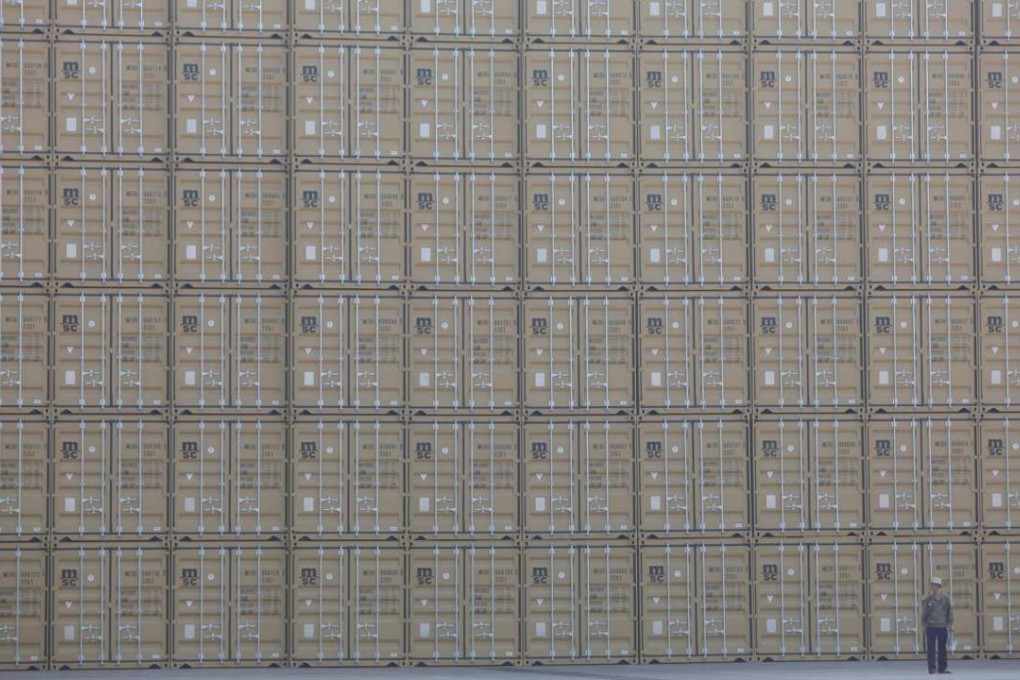What Asia-Pacific trade pacts could replace the TPP?
With US president-elect Donald Trump on record as opposing the Trans-Pacific Partnership, attention is turning to alternatives that include China

With US president-elect Donald Trump threatening on the campaign trail to withdraw from the Trans-Pacific Partnership, attention has turned to two other Asia-Pacific trade deals that, unlike the TPP, both involve China. These are the Regional Comprehensive Economic Partnership (RCEP) and the Free Trade Area of the Asia-Pacific (FTAAP ).
These free-trade initiatives promoting regional economic integration are a response to many years of unproductive Doha talks under the World Trade Organisation.
What is the TPP?
The Trans-Pacific Partnership is a free-trade agreement signed by the United States and 11 Pacific Rim countries including Japan and Australia, but excluding China.
The idea was initiated by four countries –New Zealand, Singapore, Chile and Brunei – in 2002.
Initially the administration of US President Barack Obama shrugged off the invitation to join, but it become a key economic pillar in Obama’s pivot to Asia to curtail China’s influence in the region. He announced in 2009 US participation in the talks, which then attracted Peru and Australia.
The TPP is also dubbed “Anything But China” and deemed as deliberately excluding China to contain China’s economic and geopolitical influence in the region. It fueled panic on the mainland as Chinese businesses were set lose under the trade and investment pact.